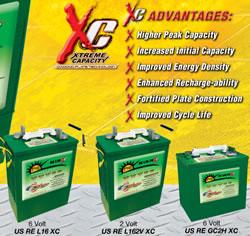What are the Advantages of Ultrasonic Wind Sensors?
Whether mechanical, ultrasonic or laser wind measurements: all measuring methods have technical limits. While for mechanical wind sensors the measuring element - cups and vanes - itself predominantly produces a disturbance in the flow field, for ultrasonic anemometers a disturbance can be caused by the sensor holder or housing construction. Only optical methods, e.g. LDA (Laser Doppler Anemometer), enable a disturbance-free measurement of wind speeds. However, for this particles are required and such devices are very expensive and difficult to maintain.
When watching mechanical wind sensors such as vane models, youll notice that these always commute slightly even under constant wind conditions. Cup and vane systems always have a certain inertia, which makes it impossible to capture short wind gusts.
Compared to this, ultrasonic wind sensors such as the VENTUS-UMB have significant advantages. Also, there are no wear parts or mechanically moving parts which are subject to abrasion. Lufft VENTUS-UMB issues precise real time measured values every quarter of a second (0.25 s). In case this is too fast, the output rate can be slowed down, of course. Moreover, even under the most extreme conditions, it stays ice-free thanks to built-in heating.
Disturbances, which can be caused by the sensor fixtures, bars and housing construction, are smoothed by the long distance of the ultrasound signal; on the other hand, every ultrasonic anemometer from Lufft undergoes an elaborated adjustment process in the wind tunnel in order to detect and correct all kinds of influences. This allows us to eliminate interfering influences. All test results are recorded in a calibration protocol which is included in the scope of delivery by default.
With this service Lufft stands out clearly against other ultrasond device manufacturers carrying out only a so-called "zero runtime check" or a synthetic adjustment (without wind).
Also financially a long-term comparison between mechanical and digital sensor models is worthwhile: Mechanical wind sensors are more inexpensive in the acquisition, but have to be replaced much earlier than ultrasonic models. With regard to total costs over five or even 20 years, as well as the total duration of a VENTUS-UMB, it becomes clear that digital versions generally result in significantly lower costs than mechanical ones. For this purpose, I recommend you to take a closer look at Abraham Aguilars cost-benefit analysis.
You have questions about Lufft Windsensors? Were happy to help.
Email us at: sales@lufftusainc.com
Featured Product

